Tea-Tech Journey
In the realm where technology meets the everyday challenges of life, I am someone who faces those challenges while living with cerebral palsy. While my condition is a part of who I am, it does not determine my aspirations or diminish my enthusiasm for both technology and the world of tea. Today, I'm excited to provide a detailed insight into Project Tea, a project that transcends mere technical innovation; it represents a path towards enhanced independence.

But let’s be honest, without my digital pal ChatGPT, typing out an entire article would be a Herculean task for me. So, consider this piece a collaborative effort between human tenacity and AI ingenuity. ChatGPT, though occasionally quirky and prone to bouts of nonsensical ramblings, has been an essential partner in this. Together, we navigate the complexities of communication, striving to bring you an authentic and insightful narrative.
Before delving into the heart of this article, I’d like to point you to a piece by my colleague Pieter Geelen. His article on Medium brilliantly captures the physical components of our project. For a more hardware-focused perspective, give it a read: Improving Quality of Life: A Tea Pouring Solution for Anton.
In this article, my focus shifts towards the motivation behind Project Tea, exploring the intricate layers of accessibility and the software that breathes life into our solution. It's not just about overcoming a functional hurdle; it's about weaving the threads of autonomy into the fabric of everyday life for someone with a physical limitation.
Also, you can find the complete code, 3D printing models, and other project-related materials on our GitHub repository. This project is not just about personal convenience; it's about sharing knowledge and tools to help others facing similar challenges.
So, join me – and my AI accomplice – on this enlightening expedition into the world of accessible technology. Welcome to the inner workings of Project Tea, where every sip of innovation brings us closer to a more inclusive future.
Limitations-Driven Design
Before diving into the technicalities of Project Tea, it's crucial to understand the backstory and the motivation driving this endeavor. For me, a good Chinese tea isn't just a beverage; it's a vital part of my existence. It energizes me, stimulates my brain, and normalizes my well-being. However, given my fondness for tea, I often find myself needing to refill my cup frequently. I consume a significant amount, which previously, my sister would help me with.
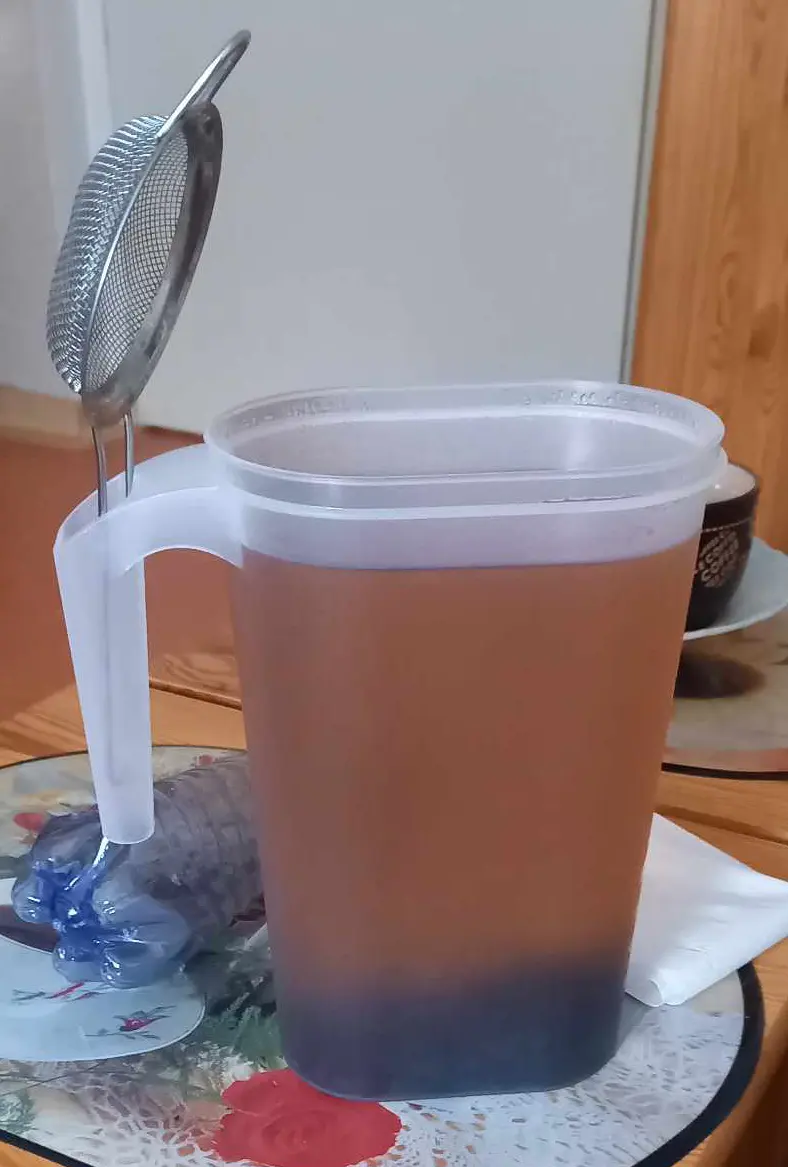
Since September 2023, my life took a new turn as I started living in a Slovakian Red Cross facility. The staff here is wonderful, assisting me with everything, including my frequent tea requests. But they have their other responsibilities, and understandably, they can't always be available to pour me a cup of tea. This situation, while manageable, often leaves me feeling dependent and burdensome, an unsettling sentiment for anyone who values independence.
Physically, my capabilities are limited to basic mobility and computer work. My hands can easily lift a 10kg dumbbell but struggle with the delicacy required for handling a spoon or a cup. Tasks like connecting an Arduino to USB, or any physical work essential for developing Project Tea, are beyond my reach. My world revolves around code, a universe of symbols and possibilities.
Also, it's essential to mention that I'm a person who thinks several steps ahead, and I have a disdain for pointless expenditures. Sure, I could have opted for a smart kettle, a fancy cup, or even some high-tech household help – but that would miss the point. These solutions lack the flexibility, convenience, certainty, and experiential richness I crave. Building something meaningful, even if it's a bit more complex and costly, seems more beneficial to me in the long run.
This philosophy has shaped the very essence of Project Tea and its underlying code. My goal was to create a device that is not only cost-effective (thanks to Pieter for convincing me to use pricier components for the prototype, then optimize later) but also reliable and user-friendly for individuals with disabilities.
For many, working with Arduino is a straightforward task. They connect the device and iteratively test and refine their code. For me, it's akin to programming a space satellite – there's no physical access, and only a few opportunities to update the code. The current prototype of our project has been sitting next to me for a week now. I've identified and fixed several bugs in the code, but the chance to test or update it only comes when my sister visits.
This is my reality. My world where every line of code is a calculated step, where physical limitations don't hinder the spirit of innovation, and where the pursuit of autonomy drives every decision.
The Key? The Path? The Cupholder!

Let me tell you about the unsung hero of Project Tea – our cupholder. This isn't your average, run-of-the-mill cupholder. It's the equivalent of a Swiss Army knife in the world of tea-making for folks like me. It's not just holding cups; it's holding up a banner of independence and ingenuity. This cupholder is a small part of the project with a massive impact.
Picture this: You're me, a tea aficionado with cerebral palsy. The simple act of pouring tea is like trying to solve a Rubik's cube with your feet. Enter the cupholder – a masterpiece of simplicity and functionality. Designed with the kind of elegance that would make Apple jealous, this cupholder is all about empowering users with its user-friendly design. It's like having a loyal butler, just for your tea.
Here's the breakdown: The base of this cupholder isn’t just sitting pretty; it's the rock-solid foundation. And the nozzle? That's where the magic happens. It's positioned at this nifty 30-degree angle, a little touch that makes a world of difference. It's like having the perfect golf swing – it ensures your tea hits the sweet spot in the cup every single time. Spillage? That's a thing of the past.
We didn't just whip this up out of thin air. No, sir. We 3D printed this bad boy using Transparent PETG – think of it as the adamantium of plastics. Tough, durable, and looks pretty sleek too. And assembling it? You could do it blindfolded, with one hand tied behind your back. Just slot the nozzle in, thread the tubing, and you’re golden.
The cupholder is a prime example of design driven by necessity. Created with my daily challenges in mind, it's a solution to the involuntary spasms common in cerebral palsy, which can cause a cup to topple. It ensures stability and minimizes spills, even during unexpected movements.
Additionally, the design accommodates the use of a straw, a small but crucial detail for accessibility. Insights from a friend with more severe challenges also influenced its design, broadening its adaptability and inclusivity.
The API and safety features.
Project Tea's web API has been meticulously developed with a strong focus on safety and reliability, drawing inspiration from the resilience and dependability of a spaceship. Much like a spacecraft, this device is designed to operate flawlessly and securely, even in challenging conditions.
Given the complexities of maintaining and updating a system like this, ensuring its continued functionality is paramount. The API endpoints, including /pour_tea, /stop, and /status, are not only intuitive but also built with robust safety mechanisms. These features are critical for providing users with a seamless and secure experience.
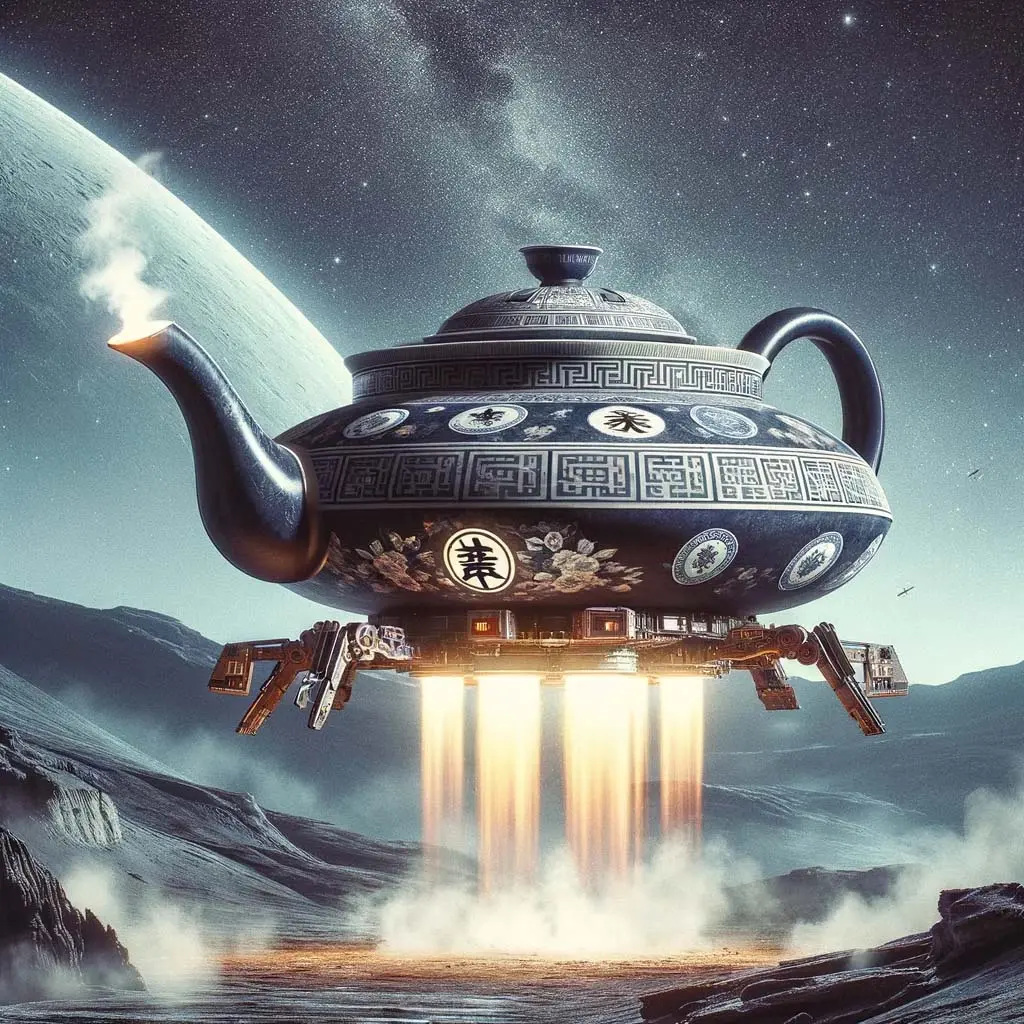
Just as a spaceship requires careful planning and redundancy to withstand the rigors of space, the Project Tea API is designed with redundancy and fail-safes to ensure uninterrupted operation. Updates and maintenance are carried out with utmost care to prevent disruptions to the system.
To ensure safe operation, our system sets a fixed maximum duration of operation for the pump. This approach offers the following benefits:
- It guarantees the device operates within safe parameters, avoiding any potential hazards due to prolonged operation.
- It simplifies the system. By having a fixed threshold, we avoid the complications that come with dynamic management of these limits.
- It places the onus of duration management on the UI. The device code is akin to programming a distant satellite – changes are challenging and should be minimized. The device's code needs to be simple and fail-safe, while the control system, or UI, can afford to be more flexible.
For extended pouring durations, the UI manages this by sending timed requests, keeping device operation within safe threshold. Any bugs in this process are confined to the UI, simplifying troubleshooting and updates.
As an additional safety measure, we've implemented a periodic forced stop for the water pump in our system. This feature repeatedly ensures that the pump doesn't remain unintentionally active. While it might seem a bit on the paranoid side, this approach is fundamental in guaranteeing the reliability and safety of the system.
By automatically shutting off the pump at regular intervals, we proactively prevent any possible malfunctions or overruns. This strategy is not just about dealing with errors as they arise but about anticipating and preventing them. It's a crucial part of our commitment to create a solution that's not just functional but also consistently safe and dependable.
Green tea for the soul, green tests for the code.
Our approach to testing wasn't by the book – we didn't strictly follow Test-Driven Development (TDD) from the get-go. The initial phase was all about getting a minimum viable code up and running. This step was crucial; it helped us understand the nuts and bolts of what we were dealing with.
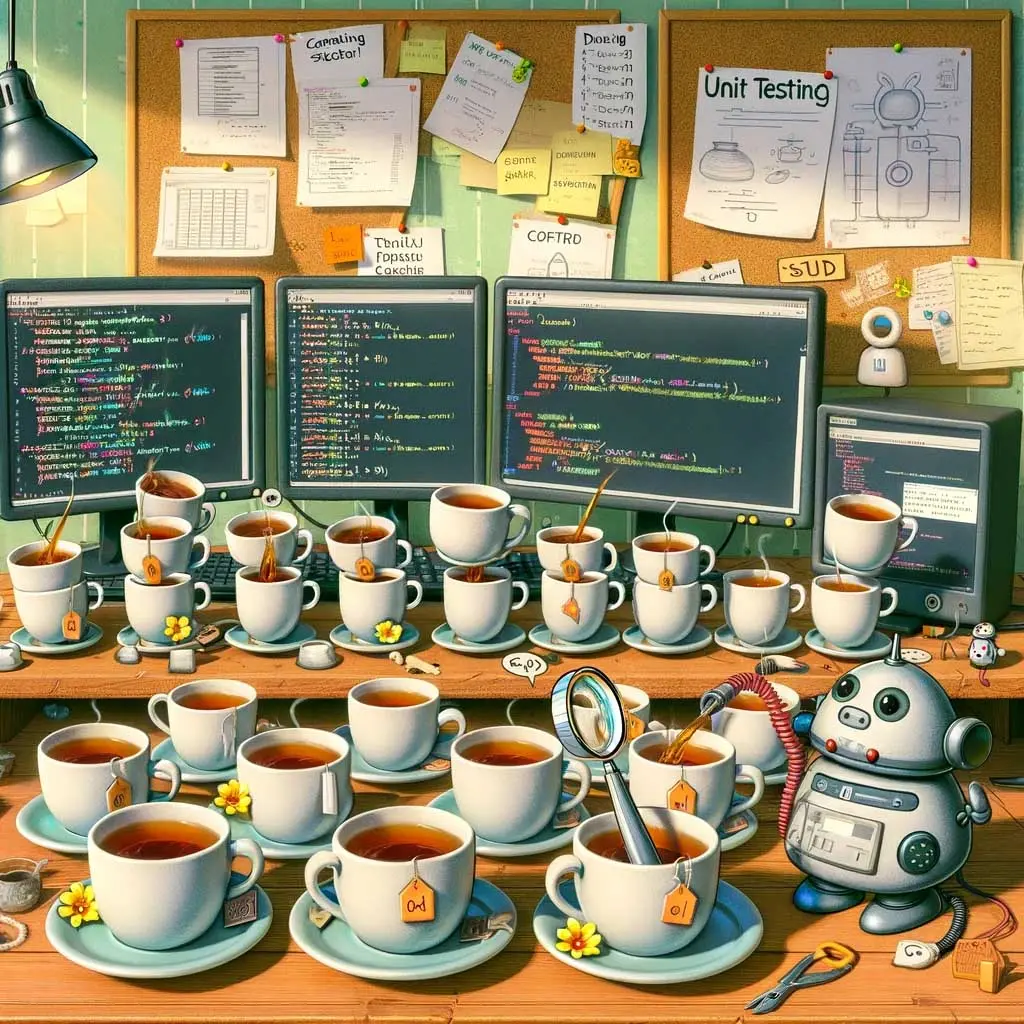
Once we had this bare-bones version, we shifted gears. We refactored the code, tidying it up, and then wrapped it in tests. It's like building the skeleton of a house first, then going back to reinforce the structure and ensure everything is solid and sturdy. After this phase, we adopted a more TDD-like approach for new changes, sticking to the TDD principles more closely.
But here's the thing – we weren't trying to test every nook and cranny. Our focus was on what mattered most, the parts that absolutely needed to work flawlessly. These critical components were our testing priority. As for the rest, we adopted a more pragmatic approach: additional tests would be added as and when problems popped up. And yes, the absence of a feature is a problem in itself.
Another aspect we were practical about was the cost-effectiveness of testing certain functionalities. For instance, testing the WiFi connectivity and request handling – that's not primarily on my code. It's like having a reliable component in a machine; you don't need to keep checking it if you know it works well. So, we didn't invest time in testing aspects that were already covered by reliable, external functionalities.
Our testing philosophy in Project Tea was about balance – ensuring reliability where it mattered most, without getting bogged down in testing for the sake of testing. It's about making sure the core functionality is rock-solid, so every time I pour a cup of tea, it's just right.
Brewing up a hardcore storm.
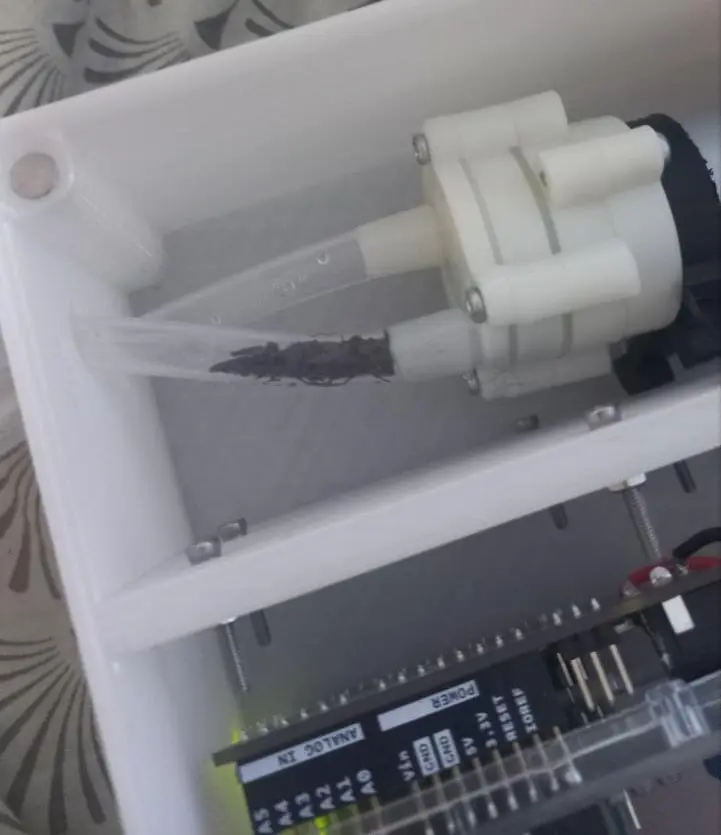
Hardcore isn't just a word for me; it's a lifestyle, especially when it comes to solving problems. In my world, it's not just about finding solutions; it's about finding solutions that are as ingenious as they are unorthodox. This is the spirit that fueled the creation of the first version of Project Tea.
Let me give you a taste of what hardcore problem-solving looks like in my life. It's about embracing the constraints and turning them into creative challenges. For instance, Chinese tea requires a delicate brewing process. But in my reality, I had to adapt and improvise. So, what do I do? I use a sturdy, no-frills plastic container, double the tea leaves, and scalding water - not the ideal brewing method, but effective given my circumstances. It's not perfect, but it's my way of making peace with the situation.
Now, let's talk about the DIY filter saga of Project Tea. In an ideal world, I would have used a state-of-the-art filtration system. But we don't live in an ideal world, do we? We had to get this project off the ground with what we had at hand. So, with just a couple of hours to spare, my sister and I put together a filter using a piece of a COVID mask, some insulation tape, and glue. It was a classic MacGyver move, but hey, it worked... temporarily.
When the makeshift filter gave up, clogging the system, did we throw our hands up in despair? Nope. That's not how we roll. I drafted a plan for the nurses: find a plastic bottle, make holes in it, and submerge it in the tea. Simple, yet effective. The leaves were kept at bay, the pump was saved from breaking, and the tea flowed once again.
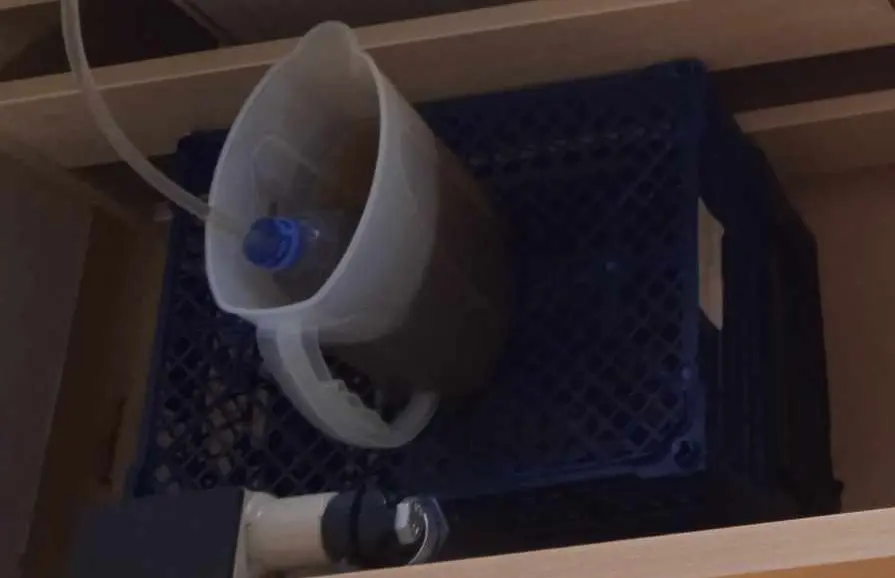
But let's be clear, this isn't where the story ends. This is just the beginning. That filter, as ingeniously jerry-rigged as it was, is just a stepping stone. I'm already thinking about how we can improve it, make it better, more efficient. Because that's what being hardcore is all about – it's about never settling, always improving, and finding joy in the journey, no matter how unconventional it might be.
This is the essence of Project Tea's first version. It's a blend of creativity, resilience, and a dash of madness – the perfect recipe for innovation. It's about making the most of what you have and finding a way, no matter how offbeat it might be. Because in my world, the hardcore route isn't just a choice; it's the only way to go.
Embracing autonomy with Project Tea.
The Project Tea prototype, despite its initial challenges, has already become an integral part of my daily routine, bringing about a transformative experience for both myself and the staff here. Its impact extends beyond just the functional aspect of tea pouring; it has reshaped the dynamics of independence and assistance in my life.
The most significant triumph of Project Tea is how it has redefined the concept of autonomy for me. No longer do I have to wait or feel like an imposition when I crave a cup of tea. This newfound independence is not just about convenience; it's about dignity, empowerment, and the simple joy of being able to do something for myself, by myself.
Yet, as with any first version, there's always room to grow and improve. One immediate area for enhancement is the control over the water temperature. Achieving that ideal range of 70-80 degrees is crucial for the perfect brew, and it's a goal we're aiming for in the next iteration of Project Tea. Alongside this, we're exploring additional features to enhance the user experience without compromising cost-effectiveness, especially for those back in Ukraine who might benefit from this technology.
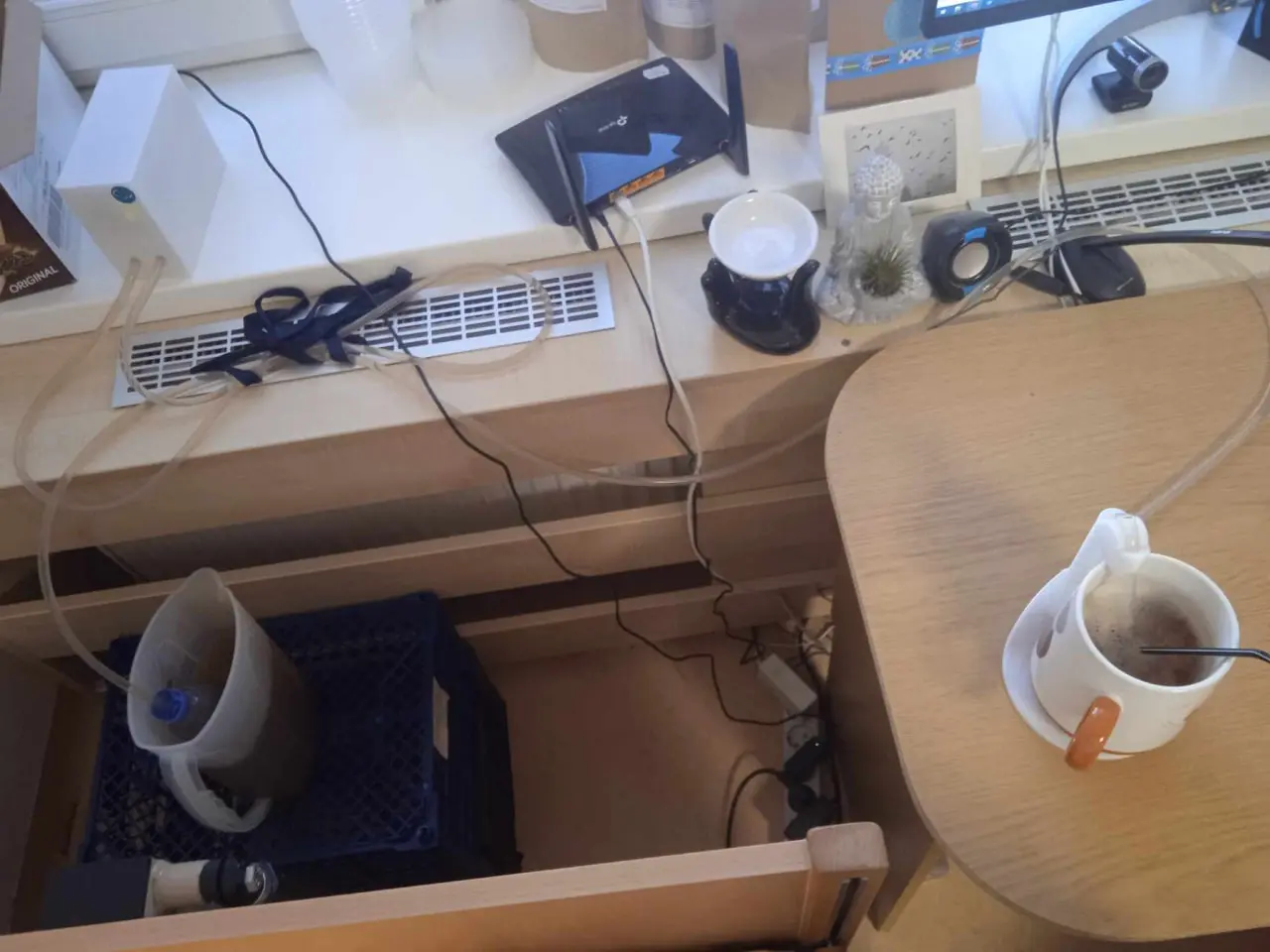
The next version is brimming with potential – from refining the basics to possibly introducing a specialized compartment for more sophisticated tea brewing. It’s about finding that sweet spot where practicality meets innovation, all while keeping the system accessible and affordable.
There’s an adage that a true tea connoisseur should craft their gaiwan. In my world, Project Tea has become my personalized gaiwan, a symbol of merging tradition with technological advancement. It's not merely a tea-brewing vessel; it’s a testament to creativity and adaptation. This WiFi-controlled gaiwan represents a harmonious blend of age-old tea culture and the cutting-edge world of smart technology, symbolizing a bridge between the past and the present, tradition and modernity.
Project Tea, in essence, is more than just a device – it's a statement of resilience, innovation, and the unyielding human spirit to overcome challenges, one cup of tea at a time.